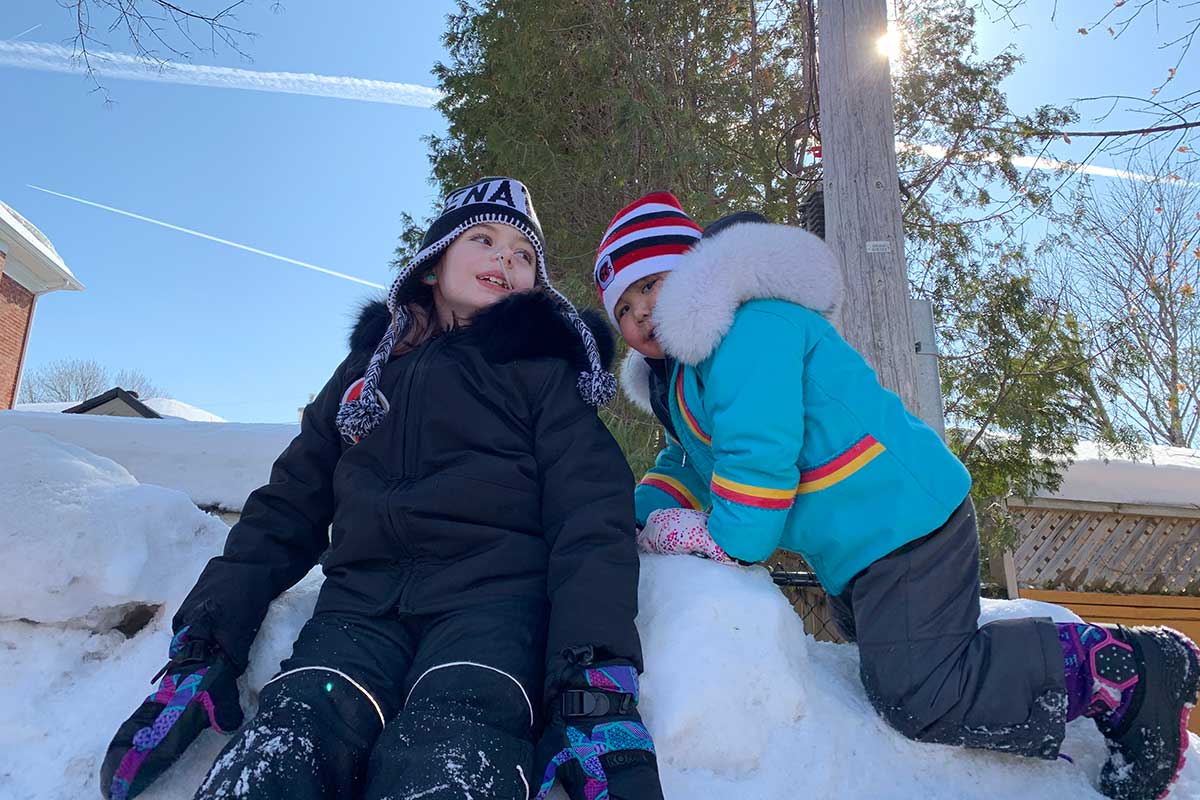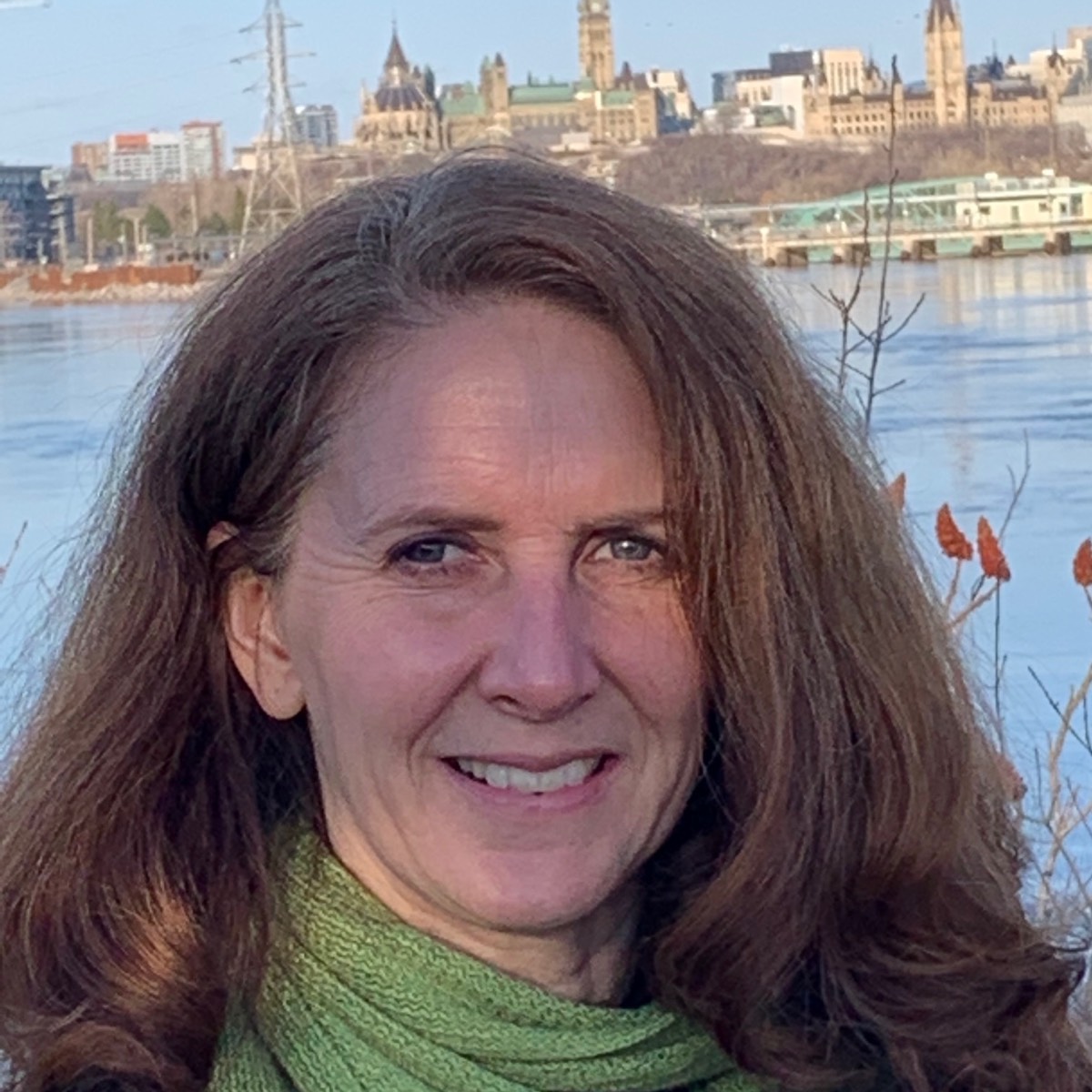The Inuuqatigiit Centre’s mission includes fostering strong and proud Inuit families, knowledge of their culture and connections within the community.
As with any culture, food plays a big part, and the Centre works to give Inuit families access to “country foods” and to share knowledge of its preparation. Recently, the staff created a video on how to butcher and cut up a whole seal, starting from thawing it out and detailing all the steps until it goes into the pot for cooking.
“We have very good hunters in Nunavut communities that we use to order nice big fat caribou, not cut up yet, so when it comes out, we have to co-ordinate with the airline companies and the cargo to preserve it until the date that it is ready for butchering,” Deborah Targurnaaq explains. A recent caribou butchering was held at the Innuqatigiit youth centre. “181 lbs of one whole female caribou,” she recounted with gusto.
Executive director Stephanie Mikki Adams, explained that the youth “learn how to skin, how to butcher and use all the parts of the animal.There is very minimal waste.”
Pandemic restrictions limited the number of people who could be there for the butchering to 10 to 15 people, but before the pandemic, the gathering would have been full of vendors, Inuit art, seamstresses showcasing their work, and the Inuktitut dances, lessons, throat-singing, drummers and performers.
Deborah said that they would normally play all sorts of games that come from the animals. “The whole caribou could have 77 games out of it, with the bones, and they have different meanings. And we use all the bones and make tools out of it as well.”
Inuit Day has usually been celebrated in February, but Adams said that Ottawa Mayor Jim Watson recently designated a day in November as Inuit day, so this year, there will be double the fun with another celebration in November.
“Inuit Day used to be held in the parking lot of the Inuuqatigiit Centre. There would be a tent and seal butchering and caribou butchering, and whole lot of country food feasting and games, just having everyone get together to celebrate Inuit Day and the returning of the sun, the harvesting season,” said Deborah.
The big wish is to have one building that would house all of the Inuuqatigiit programs, says Adams. “Going forward, toward the end of this year, that’s going to be our main fundraising effort.”
Deborah sweetens the dream. “What we need here is our own little piece of land to come together and for cultural programming …to revitalize our Inuit identity.”
Adams says, ”A lot of funding does not allow you to purchase land or building,” but agrees that land would be ideal. “Land is very much what our culture is based on.”
Either way, Deborah says, “We’re still going to be here. We’re not going anywhere no matter how hard [people] have tried to roll us down under the rug or kill us. We’re still going to be here. We survived the unmarked graves, we survived the dog slaughter, the scoops and the residential school era, we survived all the human flagpoles, the injustices. Now it is time for us to have our own land and space to become healthy and get back and start from the roots.”




Listening for God’s voice in a time of change